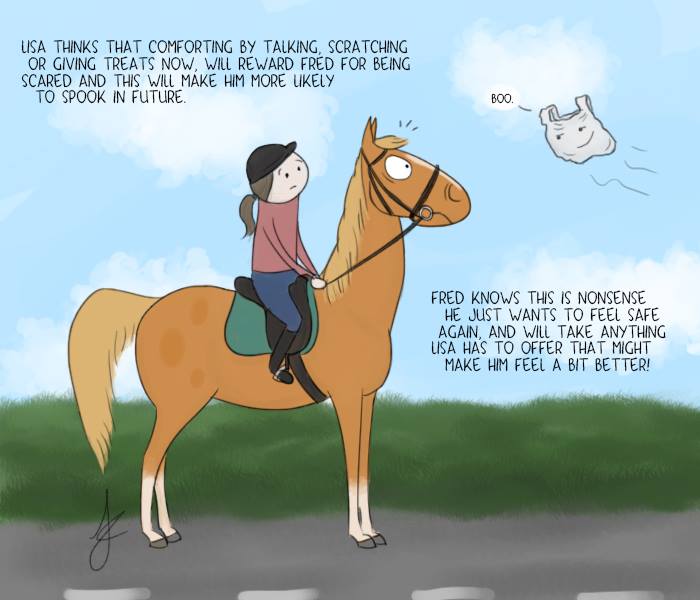One of the things that my instructors always say to me is that my horses are very relaxed.
To me it is not just when you are riding. The horse needs trust in you and this goes with daily handling, feeding, ruuging, etc, etc, etc.
Always be consistent. Always be fair. Start off by asking for easy things and reward reward reward. I would say this horse needs one handler, not being fed by and turned out by different people. JMO.
If we take Sim as an example, he is a very good looking horse so he was always picked by good horsemen because of his looks. He didn’t get far. When he came to me. He didn’t even know what an outside rein was, yet he had been sent to a professional trainer by the previous x 2 owner.
It was a slow slog. What took 10 minutes with some horses took months with Sim. Most people will not put that time into a horse. For eg, my horses - I open the gate and click for them to walk through. Then I say halt and they halt. It took Sim 4 months to halt on his own on the other side of the gate. CELEBRATION.
I had to teach this horse everything. I had to teach him how to be a horse. As in, I didn’t just have to teach him to walk to lead, I had to teach him how to walk, how to trot. How to do everything.
The only thing I do not know how to teach, is how to teach him to neigh! He tries. You just shake your head as it is not right. Poor thing.
People are now tricked.  They see a dressage horse when they come here. Once he had the confidence in me. He relaxed. Once he had the confidence to go forward, his training really started.
They see a dressage horse when they come here. Once he had the confidence in me. He relaxed. Once he had the confidence to go forward, his training really started.
The day I taught him a turn on the forehand, the World was going to end. Now it is nothing. So the next time you go to teach him something it is more acceptable and no ending of the World hopefully in sight.
So you need to relax, you need to listen to your horse, 2 main things with Sim that helped. He was so wiggly he didn’t go in a straight line. I realised that my aides were too fast for him, by the time he reacted to a leg aide , I had put the next leg on to correct him and so on and so forth. So I had to really slow down my aides and wait for him to react to the first aid before giving him the next aide, as he got better the aides became more normal. This is an example of listening to your horse.
The other one was that I taught him to lunge first, with voice aides, and saying good boy as a reward. Then I started riding him and my voice aides went away. Saying good boy while on him made a world of difference. So that was added back in.
Another big step forward with Sim was the day hubby came in complaining that Sim over-reacts to the canter transition.
Why are you still asking for cantercp with an aide he over-reacts to? He can feel a fly on his side. You don’t need a harder aide than that. Try to see what the softest aide you can use to ask for canter is, try just lifting your inside seat bone.
WELL the whole horse took a sigh of relief AND THE WHOLE HORSE CHANGED.
I told my instructor this, 2 minutes later he exclaimed that he had never seen Sim canter like that before, not even with me. I just said yes I told you the whole horse had changed.
Condidence in you is something you need to work on. There is not really much your instructor can do as they can only teach when the horse is relaxed. Yes stretching helps relax but there is more to it than that and not in the time of a lesson. JMHO.

 They see a dressage horse when they come here. Once he had the confidence in me. He relaxed. Once he had the confidence to go forward, his training really started.
They see a dressage horse when they come here. Once he had the confidence in me. He relaxed. Once he had the confidence to go forward, his training really started.